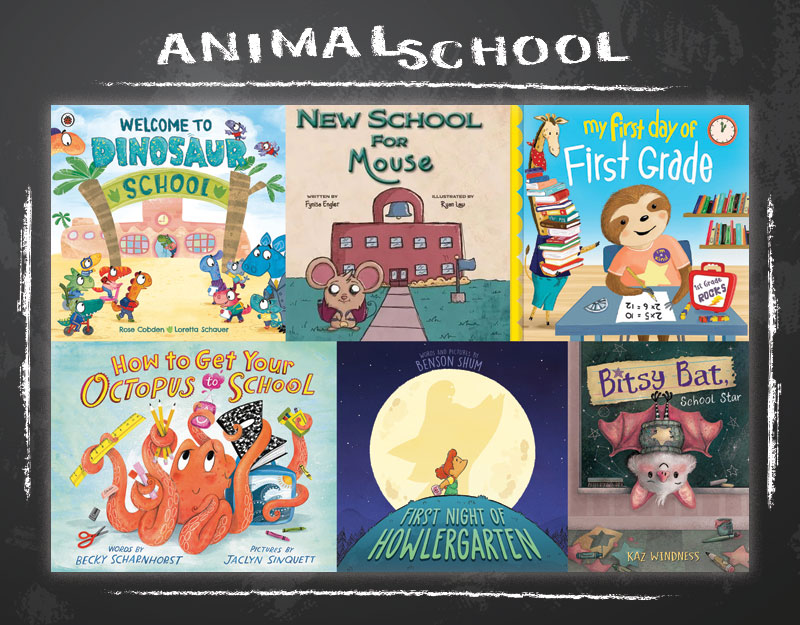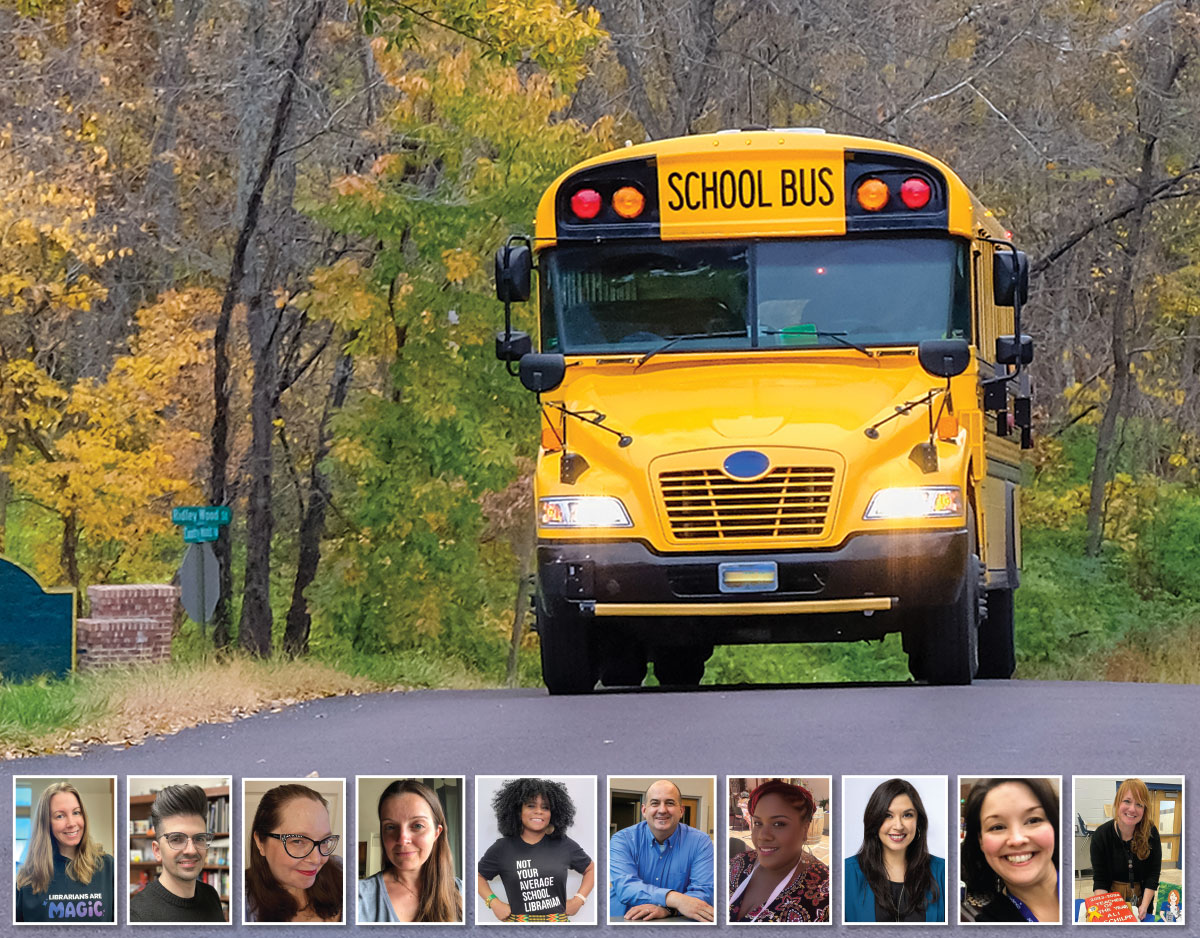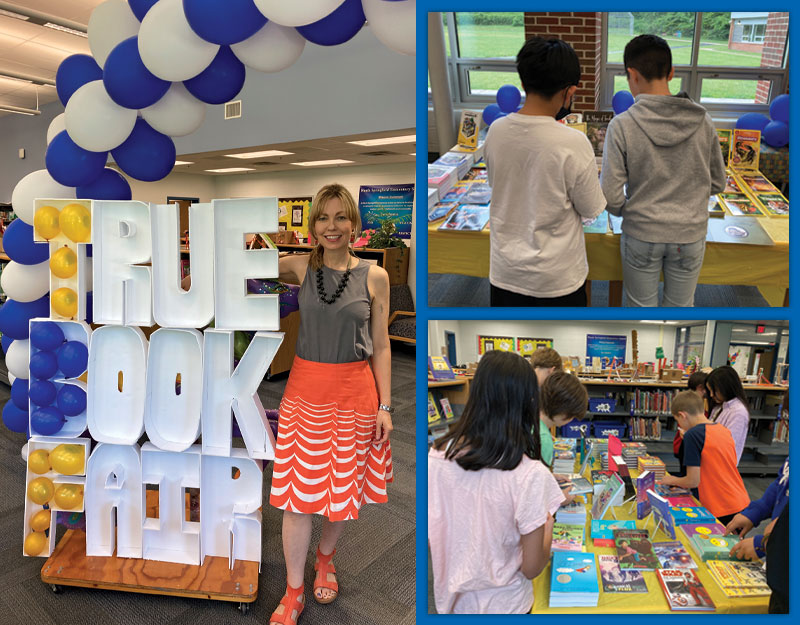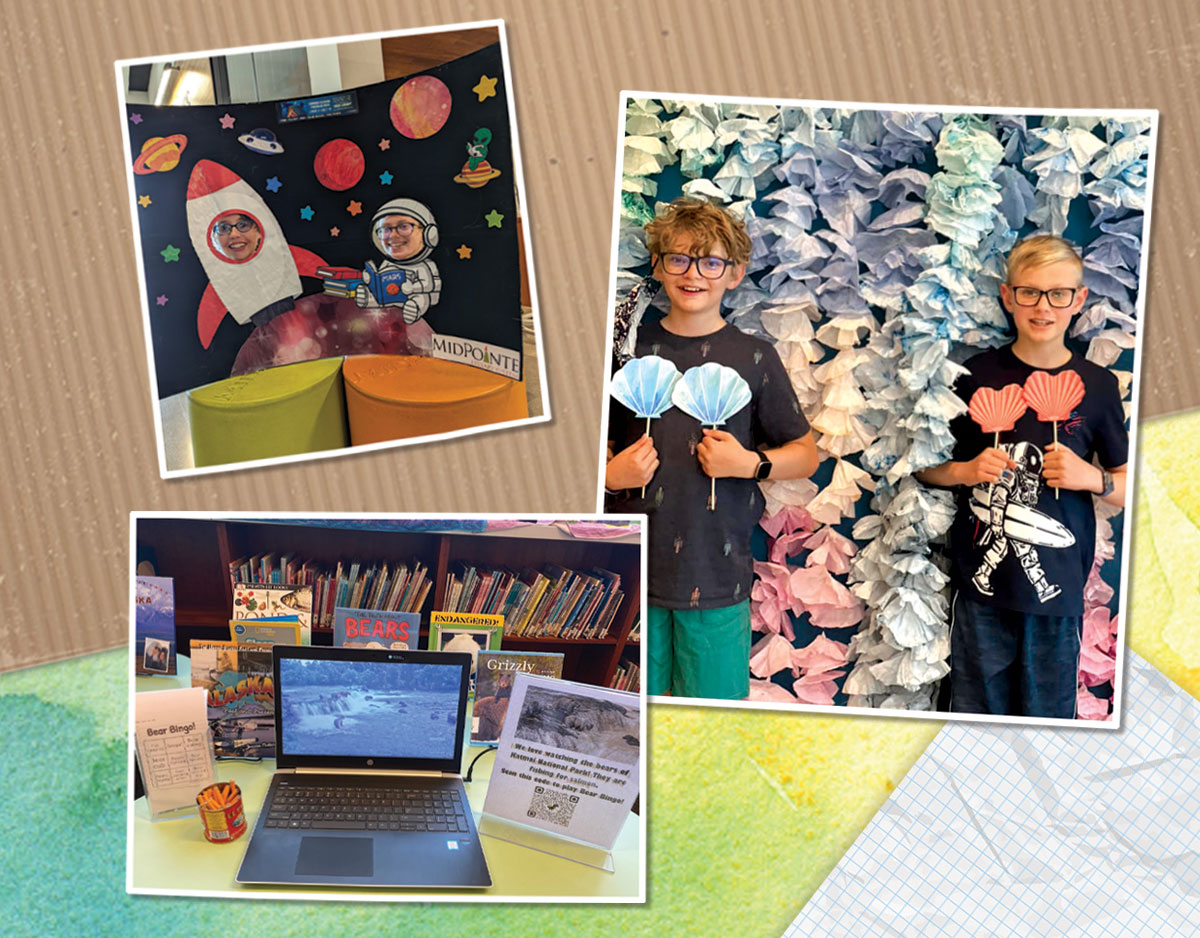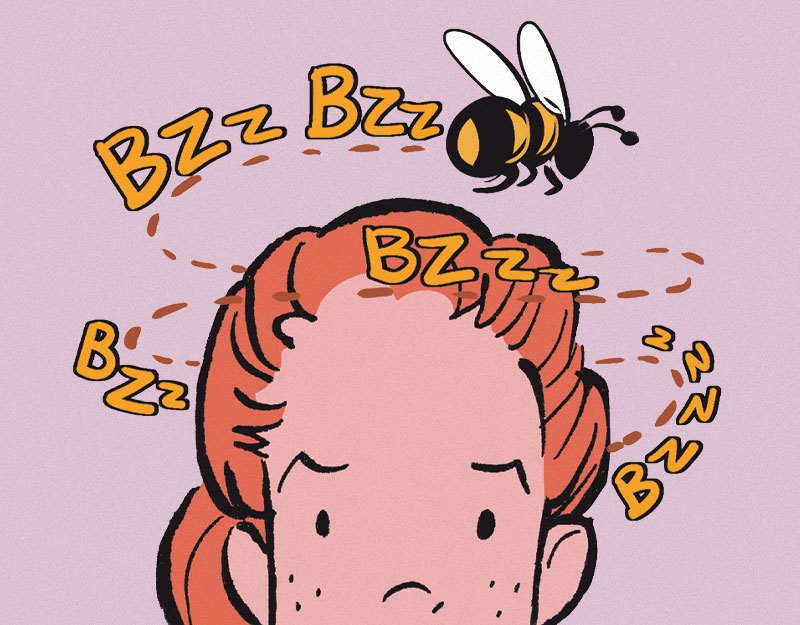Just in Time for Summer Reading with Maybe, Maybe, Marisol Rainey

Maybe Maybe Marisol Rainey
Written by Erin Entrada Kelly
Published by Greenwillow Books, 2021
ISBN #978-0-06-297042-8
Grades 2 and up
Book Review
Marisol is a quirky, endearing eight-year-old girl who wonders if this summer she’ll know what it’s like to be brave. Maybe. Or if she should give swimming another try. Maybe. Or whether she’ll climb the tree in her backyard that she named Peppina. Maybe tomorrow. In Maybe Maybe, Marisol Rainy, Newbery Award-winning author Erin Entrada Kelly, portrays the inner life of Marisol with both grace and humor. Short chapters with hand-drawn, black-and-white illustrations by Kelly invite early chapter book readers into Marisol’s endearing story. As in her previous novels, the cast of characters represent a mosaic of ethnic and racial diversity. We meet her mother, born in the Philippines, who speaks four languages and is the smartest person Marisol knows. We meet Marisol’s best friend, Jada, who makes silent films with her. And we long to meet Marisol’s father, working on an oil rig in the Gulf of Mexico. Just in time for summer, Maybe Maybe Marisol Rainey is a charming tale of the everyday experiences of a young girl making her way through the world. This is a story primed for early elementary grade readers for summer reading, read-alouds, book club conversations, and to join the series bin of your classroom library.
Teaching Invitations
Note to our Readers: These ideas are not meant to be prescriptive. Choose one. Choose more. It’s up to you. Some ideas are bigger and will take a number of days to complete. Some are shorter. You can also choose to complete one part of a teaching idea, but not the whole thing. It’s up to you!
ADVERTISEMENT
ADVERTISEMENT
Dynamic Characters in Early Middle Grade Series Books. Marisol has a lot of things that make her a dynamic, memorable character including that she names the tree in her backyard, she loves silent films, and she has a fear of climbing trees. These kinds of details help us as readers to imagine her as a real person who has hopes, ambitions, and concerns just like we do. Support students to consider what makes a character dynamic and gives a character complexity and depth. Invite students to create a character map of Marisol by using a variety of materials that includes details about her personality and quirks that make her dynamic. Invite students to notice and wonder about other dynamic characters they encounter in early elementary series books such as the Juana and Lucas series by Juana Medina, the Anna Hibiscus series by Atinuke, the Yasmin series by Saadia Faruqi, the Jaden Toussaint series by Marti Dumas, the Lola Levine series by Monica Brown, the Sherlock Sam series by A.J. Low, the Ruby and the Booker Boys series by Derrick Barnes, the Julian, Huey, and Gloria series by Ann Cameron, the Clementine and Waylon series by Sara Pennypacker, the Fudge series by Judy Blume, the Judy Moody and Stink series by Megan McDonald, the Ivy and Bean series by Annie Barrows, the Gooney Bird Greene series by Lois Lowry, and the Ramona series by Beverly Cleary.
Character Comparisons. Marisol’s best friend, Jada, has a lot in common with Marisol but she is her own dynamic person with her own complexity. Invite students to compare and contrast Marisol and Jada using a T-chart or Venn diagram. What do both girls love to do? What makes them individuals with their own strengths and concerns? Extend this thinking by inviting students to consider the ways in which the girls demonstrate friendship with one another. In what ways does the girls’ friendship serve as a model for friendship in life? Invite students to do comparisons of themselves and one of their closest friends as a way to deepen connections to the characters and the situations they find themselves in.
Weaving Your Own Story Into Fiction. Read the “Dear Reader” letter by Erin Entrada Kelly in the front matter of the book before reading the novel. Invite students to notice times when Entrada drew from her own life for inspiration for Marisol’s story. Using Maybe Maybe Marisol Rainey as a mentor text, invite students to write fictional stories that draw on their own lives. Start by having students brainstorm their own important life moments including their hopes, fears, successes, and firsts and lasts in their lives. Then, have students craft a fictional character that includes some of their own personality traits, mannerisms, and ways of speaking. Support them to create a story map where the character gets into some kind of trouble that they have to get out of by the end of the story. Encourage students to write more than one story to become series writers.
Creating Voice in Fiction. Even though Maybe Maybe Marisol Rainey is written in third person, there is a strong sense of Marisol’s voice on every page thanks to the way Erin Entrada Kelly crafted the story both through the words and illustrations. Select particular pages for students to notice how Entrada achieves a strong sense of voice by giving life to the writing. How do we understand the feelings of the characters? How do we see the world through Marisol’s point of view? What do students notice about the kinds of sentences Entrada uses? How do the illustrations support or extend the writing to achieve voice? Invite students to look back at their writing from the year to identify places where they can create more voice by employing some of Entrada’s techniques. Extend student learning by having them assume the role of one of the characters to craft a diary or journal entry from Marisol’s point of view.
Repetition for Effect. Invite students to notice how Erin Entrada Kelly uses the repetition of the word “maybe” to help deepen the complexity of Marisol as a character but also as a thematic anchor to the story. In what ways is the use of “maybe” a clever literary device that matches with Marisol’s personality while also playing with the joy that comes from alliteration? Which do students think came first–the name Marisol or the word “maybe”? Invite students to think about a word that they could use to describe themselves that has the same sound as their first name and to include that detail in their own fictional or autobiographical narratives. Extend student learning with a pairing of Maybe Maybe Marisol Rainey and Rafael Lopez’s Maybe Something Beautiful to notice how each author uses the word “maybe” for effect.
ADVERTISEMENT
ADVERTISEMENT
Self-Awareness: Bravely Sharing Our Feelings and Outgrowing Ourselves. The term “self-awareness” is defined by the Collaborative for Academic, Social and Emotional Learning as “the abilities to understand one’s own emotions, thoughts, and values and how they influence behavior across contexts. This includes capacities to recognize one’s strengths and limitations with a well-grounded sense of confidence and purpose”. Marisol engages in self-awareness throughout the book in ways that can serve as a model for students including how she shares her fear of climbing trees with her best friend, Jada. Create a class list of the ways Marisol explicitly models self-awareness such as how she identifies her emotions; demonstrates honesty and integrity; links her thoughts, feelings, and actions; has interests and a sense of purpose. Even though Marisol has a lot of self-awareness she is still growing in areas like having a growth mindset. What kinds of advice can students give to Marisol to help her build on her strengths and to find the courage to keep climbing both physically and metaphorically? Extend student learning by inviting them to think and write about the ways they demonstrate self-awareness in their lives with the opportunity to share their thinking or keep it private.
Duet Model: Playing with Point of View with Wishtree. Consider pairing Maybe Marisol Rainey with Katherine Applegate’s Wishtree. In both books, a tree plays a central role in the story. Invite students to consider in what ways the setting plays a significant role for the characters in each book. In what ways are the stories different from one another? From whose point of view is each story told? Using Wishtree as a model, invite students to rewrite Maybe Maybe Marisol Rainey from the point of view of Peppina, the tree. What would the tree say to itself? What might it feel? What words of encouragement would the tree give Marisol to encourage her to climb her knobby branches and see the world from a new perspective?
Erin Entrada Kelly Author Study. Gather a collection of Erin Entrada Kelly’s work and biographical information, including interviews, videos, and Tweets. As a class, read through the novels she wrote, noting similarities and differences across the books’ formats and styles. Pay special attention to her use of diverse languages, perspectives, and characters. Ask your students to identify patterns in setting, theme, character, and plot across the books. Based on students’ inquiries, observations, and analyses, compile a list of lessons about writing gained from this study and invite your students to try out some of the techniques you have discussed in their own work. See the websites and titles listed below as a starting point for gathering information. This teaching invitation originally appeared in our entry on Hello, Universe.
Critical Literacy
Taking Stock of Series Books. Research has shown that students who read book series become more engaged and enthusiastic about reading, are encouraged to continue reading, become comfortable with the structure of stories, and that students gain a number of important reading skills, particularly in the areas of fluency and comprehension (Kragler, 2000; Hopper, 2005; Mackey, 2006). While the diversity of characters in series books has grown in the past few years, more diverse books have not always made it onto classroom bookshelves. Invite students to do a diversity inventory of the series books in your classroom, in other classrooms in the school, in the school library, and in your local library. Have students share their findings by creating infographics on sites like Canva to inform others about the representation of diverse characters and what might be missing. Then, have students work with the school librarian to research series that the school could purchase and plan a presentation to the school’s principal, Superintendent, or Board of Education.
Further Explorations
Online Resources
Erin Entrada Kelly’s website
http://www.erinentradakelly.com/
Erin Entrada Kelly on Twitter
https://twitter.com/erinentrada?ref_src=twsrc%5Egoogle%7Ctwcamp%5Eserp%7Ctwgr%5Eauthor
Reading Rockets Interview
https://www.readingrockets.org/books/interviews/entrada-kelly
Reading Rockets Interview Transcript
https://www.readingrockets.org/books/interviews/entrada-kelly/transcript
HarperCollins Site
Collaborative for Academic, Social, and Emotional Learning
Poor Little Peppina (Silent Film)
Books by Erin Entrada Kelly
Kelly, E.E. (2020). We dream of space. New York, NY: Greenwillow Books.
Kelly, E. E. (2015). Blackbird fly. New York, NY: Greenwillow Books.
Kelly, E. E. (2017). Hello, universe. New York, NY: Greenwillow Books.
Kelly, E. E. (2019). Lalani of the distant sea. New York, NY: Greenwillow Books.
Kelly, E. E. (2016). The land of forgotten girls. New York, NY: Greenwillow Books.
Series Books for Early Elementary Readers
Atinuke. (2007-2014). Anna Hibiscus. San Diego, CA: Kane Miller.
Barnes, D. (2008-2009). Ruby and the Booker Boys series. New York: Scholastic.
Barrows, A. (2006-present). Ivy and Bean series. San Francisco: Chronicle Books.
Blume, J. (1972-2002). Fudge series. New York, NY: Puffin Books.
Browne, M. (2016-2017). Lola Levine series. New York, NY: Little, Brown Books.
Cameron, A. (1981-2002). Julian series. New York, NY: Random House.
Cleary, B. (1968-1999) Ramona series. New York: HarperTrophy.
Dumas, M. (2015-2017). Jaden Toussaint series. Little Rock, AK: Plum Street Press.
English, K. (2009-2011). Nikki and Deja series. New York: Clarion.
Faruqi, S. (2018-present). Yasmin series. Mankato, MN: Picture Window Books.
Low, A.J. (2016-2017). Sherlock Sam. Kansas City, MO: Andrews McMeel Publishing.
Lowry, L. (2009-2015). Gooney Bird Greene. New York, NY: Yearling.
McDonald, M. (2000-present). Judy Moody. Somerville, MA: Candlewick.
McDonald, M. (2005-present). Stink.Somerville, MA: Candlewick.
Medina, J. (2016-present). Juana and Lucas.Somerville, MA: Candlewick.
Pennypacker, S. (2008-2016). Clementine series. New York: Hyperion.
Pennypacker, S. (2017-2019). Waylon series. New York: Hyperion.
Wayans, K. (2008-2015). Amy Hodgepodge series. New York: Grosset & Dunlap.
References
Kragler, S. (2000). Choosing books for reading: an analysis of three types of readers. Journal of Research in Childhood Education, 14(2), 133-141.
Mackey, M. (2006). Serial monogamy: extended fictions and the television revolution. Children’s Literature in Education, 37, 149-161.
Ross, C.S. (2009). Reader on top: public libraries, pleasure reading, and models of reading. Library Trends, 57(4), 632-656.
Filed under: Book Reviews, Fiction, Fiction Chapter Books
About Katie Cunningham
Katie is a Professor of Literacy and English Education at Manhattanville College. There she is also the Director of the Advanced Certificate Program in Social and Emotional Learning and Whole Child Education. Her work focuses on children’s literature, joyful literacy methods, and literacy leadership. Katie is the author of Story: Still the Heart of Literacy Learning and co-author of Literacy Leadership in Changing Schools. Her book Start with Joy: Designing Literacy Learning for Student Happiness will be released September 2019. She is passionate about the power of stories to transform lives.
ADVERTISEMENT
ADVERTISEMENT
SLJ Blog Network
Winter Light: An Aaron Becker Interview and Video Trailer Reveal!
Tegan and Sara: Crush | Review
The Seven Bills That Will Safeguard the Future of School Librarianship
Take Five: Dogs in Middle Grade Novels
Gayle Forman Visits The Yarn!
ADVERTISEMENT



